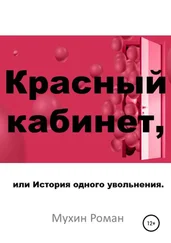Об этом см. G. Kern, The Kravchenko Case: One Man’s War on Stalin (New York, 2007).
M. Hyvarinen and J. Paastela “FailedAttemptsatModernization. The Finnish Communist Party”, in M. Waller, Communist Parties in Western Europe: Decline or Adaptation? (Oxford, 1988), p. 115.
S. Gundle, “The Legacy of the Prison Notebooks: Gramsci, the PCI and Italian Culture in the Cold War Period”, in C. Duggan and С Wagstaff (eds.), Italy in the Cold War. Politics, Culture and Society 1948—58 (Oxford, 1995), p. 139.
D. Kertzer, Comrades and Christians. Religion and Political Struggle in Communist Italy (Cambridge, 1980), p. 106; C. Duggan, “Italy in the Cold War Years and the Legacy of Fascism”, in Duggan and Wagstaff, Italy in the Cold War, p. 20.
Об этом см. Duggan, “Italy in the Cold War Years”, pp. 1—24.
Об этом см. D. Heinzig, The Soviet Union and Communist China, 1945—1950. The Arduous Road to the Alliance (Armonk, NY. 2004), pp. 263—384.
Shi Zhe, цит. по J. Chang and J. Halliday, Mao: the Unknown Story (London, 2006), p. 431.
Hua-Yu Li, “Stalin’s Short Course and Mao’s Socialist Transformation in the Early 1950s”, Russian History/Histoire Russc 29 (2002), p. 363.
Об этом см. О. Westad, Decisive Encounters: the Chinese Civil War, 1946—1950 (Stanford, 2003), pp. 260—1, 267—9.
См. Cm. D. Kaple, The Dream of a Red Factory. The Legacy of High Stalinism in Russia (New York, 1994).
W. Stueck, Rethinking the Korean War. A New Diplomatic and Strategic History (Princeton, 2002), pp. 73—4.
J. Strauss, “Paternalist Terror. The Campaign to Suppress Counterrevolutionaries and Regime Consolidation in the People’s Republic of China, 1950—1953”, Comparative History in Society and History 44 (2002), pp. 80—105.
Там же, с. 97.
Мао Цзэдун, 7 февраля 1953, в К. Fan (ed.), Мао Tsetung and Lin Piao: Post-revolutionary Writings (Garden City, NY, 1972), p. 102.
Yu Miin-Ling, “A Soviet Hero, Pavel Korchagin, comes to China”, Russian History / Histoire Russe 29 (2002), pp. 329—56.
Tina Mai Chen, “Internationalism and Cultural Experience. Soviet Films and Popular Chinese Understandings of the Future in the 1950s”, Cultural Critique 58 (2004), p. 96.
Wu Hung, Remaking Beijing: Tiananmen Square and the Creation of a Political Space (London, 2005), pp. 104—5.
Цит. по A. Finnane, Changing Clothes in China. Fashion, History, Nation (London, 2007), p. 209.
Цит. там же, с. 224.
Это утверждается в Charles Armstrong, The North Korean Revolution, 1945—1950 (Ithaca, 2003).
Там же, с. 167.
В. Cumings, The Origins of the Korean War, Vol 2. The Roaring of the Cataract, 1947—1950 (Princeton, 1990), p. 341.
Armstrong, North Korean Revolution, pp. 222—9.
J. Palais, “Confucianism and the Aristocratic/Bureaucratic Balance in Korea”, Harvard Journal of Asiatic Studies 44 (1984), pp. 427—68.
Об этом см. Armstrong, North Korean Revolution, p. 73.
Цит. по К. Lebow, “Public Works, Private Lives. Youth Brigades in Nowa Huta in the 1950s”, Contemporary European History 10, 2 (2001), p. 205.
Там же, с. 208.
О венгерском случае см. в М. Pittaway, “The Reproduction of Hierarchy: Skill, Working-Class Culture, and the State in Early Socialist Hungary”, Journal of Modern History 74 (2002), pp. 737—69. О разочаровании польских рабочих см. P. Kenney, Rebuilding Poland: Workers and Communists, 1945—1950 (Ithaca, 1997), p. 292.
G. Pritchard, The Making of the GDR, 1945—1953. From Antifascism to Stalinism (Manchester, 2004), p. 196.
M. Pittaway, “Workers in Hungary”, in E Breuning, J. Lewis and G. Pritchard, Power and the People. A Social History of Central European Politics, 1945—56 (Manchester, 2005), pp. 68—9.
Цит. по Kenney, Rebuilding Poland, p. 234.
Pittaway, Eastern Europe, pp. 92—3.
Pritchard, The Making of the GDR, p. 122.
Hanna Swida-Ziemba, “Stalinizm i Spoleczeństwo Polskie”, in J. Kurczewski (ed.), Stalinizm (Warsaw, 1989), p. 49.
Mark Frazier, The Making of the Chinese Industrial Workplace: State, Revolution, and Labour Management (Cambridge, 2002), p. 146.
J. Pelikan, The Czechoslovak Political Trials, 1950—1954. The Suppressed Report of the Dubcek Government’s Commission of Enquiry, 1968 (London, 1971), p. 56.
E. Friedman, P. Pickowicz and M. Selden, Chinese Village, Socialist State (New Haven, 1991), p. 130.
Там же.
Там же, с. 190.
Там же, сс. 188,196.
G. Creed, Domesticating Revolution. From Socialist Reform to Ambivalent Transition in a Bulgarian Village (University Park, Pa, 1998), p. 61.
D. Kideckel, The Solitude of Collectivism. Romanian Villagers to the Revolution and Beyond (Ithaca, 1993), p. 85.
M. Lampland, The Object of Labor: Commodification in Socialist Hungary (Chicago, 1995), p. 155.
Creed, Domesticating Revolution, p. 70.
Pritchard, The Making of the GDR, p. 201.
Pittaway, Eastern Europe, p. 60.
S. Reid, Khrushchev in Wonderland. The Pioneer Palace in Moscow ys Lenin Hills, 1962. Carl Beck Papers in Russian and East European Studies, No. 1606, pp. 1—5, 25—6.
S. Reid, The Exhibition Art of Socialist Countries, Moscow 1958—9, and the Contemporary Style of Painting”, in S. Reid and D. Crowley (eds.), Style and Socialism. Modernity and Material Culture in Post-War Eastern Europe (Oxford, 2000), p. 103.
Reid, Khrushchev in Wonderland. The Pioneer Palace in Moscow ys Lenin Hills, p. 2.
N. Khrushchev, Khrushchev Remembers. The Last Testament, trans, and ed. S. Talbott (London, 1974), pp. 98—101.
Читать дальше
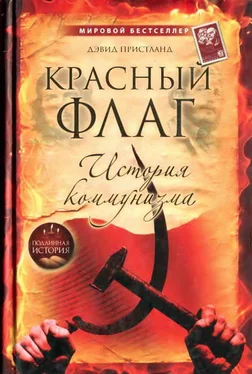
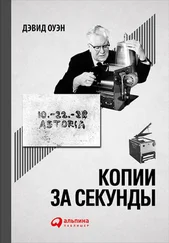
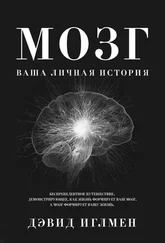

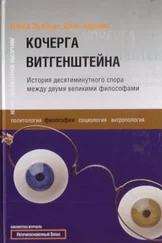

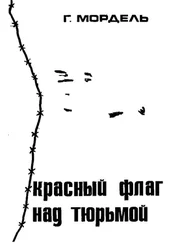
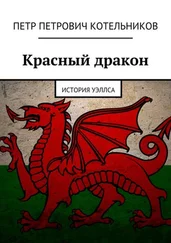
![Рауф Габидулин - История коммунизма в России [litres]](/books/431152/rauf-gabidulin-istoriya-kommunizma-v-rossii-litres-thumb.webp)

